Our Schools
Table of Contents
A parent’s comprehensive guide to choosing the best schools in Bangalore for NRI children…
Brain development research indicates, ‘crucial changes in children occur during early childhood’ (when children transit from home to school) and ‘adolescence’ (when they pick up critical life skills and form a unique perspective). Most exposure during these years comes from the time spent in schools, around friends and educators who play role models. Thus, we can’t overlook the importance of school in a child’s life.
Browsing school websites and brochures, scheduling visits, or making the right decision could be challenging and time-consuming, especially for NRI parents who’ve just returned from a foreign country. Mentioned below are the key factors that must be considered while searching for the best schools in Bangalore.
Major Criteria For Choosing The Right School
- Leadership Team
A school is made of people- the management, educators, and staff. Children mostly observe their actions, gestures, and personalities that shape their behaviour and interests. Thus, the right school for your NRI child is where they feel connected, welcomed, acknowledged and allowed the freedom and flexibility to pursue their curiosity. An educational institute led by a seasoned and visionary leadership team builds a strong ethos based on values like empathy, gratitude, grit, respect, etc. Their vision inspires young minds to ‘make a positive difference’ in the world.
- Environment
Students develop best when they grow in a safe, affectionate, and stimulating environment, which supports exploration, growth, and learning. Parents should choose a school that ensures the physical and emotional safety of students and where the staff is sensitive to their socio-emotional needs. It’s important to check on-campus safety measures for toddlers (like CCTVs, GPS-enabled transport, anti-skid staircases, etc.) when searching for the best kindergarten and Montessori schools in Bangalore.
- Curriculum and Teaching
It is recommended that parents select the best IGCSE schools in Bangalore for NRI children, as the IGCSE curriculum is benchmarked to the highest global standards. You can also go for the best ICSE schools in Bangalore or the best CBSE schools in Bangalore that implement an inquiry-driven, skill-based, holistic curriculum to facilitate a love for lifelong learning.
- When the curriculum is curated in-house by experts, it facilitates immersive experiences and meaningful learning opportunities for students. (personalisation)
- An ideal curriculum aims at gradually building on students’ existing knowledge (student-centric) and critical life skills like observation, research, decision-making, problem-solving, etc. (skill development).
- It lays emphasis on understanding by design and experimentation (hands-on learning) with age-appropriate and practical time schedules, routines and programmes to ensure future readiness (structured).
- Academics should be balanced with co-curricular activities and provisions for all-round development of little minds (holistic).
- The syllabus and pedagogy (teaching style) have to be universal and futuristic to facilitate overseas learning and employment opportunities (global).
- Students’ learning outcomes should be evaluated on the basis of the honing of skills and application of knowledge (skill-based assessment).
The curriculum alone cannot ensure the academic success of students. Educator’s intervention plays a crucial role here. Rigorous training, professional development, and consistent pedagogical evaluation prepares educators to play the role of mentors and growth facilitators in the classroom, not just teachers.
- Infrastructure & Facilities
The school’s infrastructure and facilities should be appealing and conducive, with appropriate stimulation to support different learning styles. Attractive interiors, comfy seating, and diverse facilities (like libraries, swimming pools, activity clubs, performing arts, different sports arenas, community participation, CSR projects, etc.) motivate children to go to school every day. It encourages greater participation in activities, improves students’ focus, and sparks their interest in learning.
Other important factors to consider are your location and budget. It’s recommended to choose a nearby school to cut down on long-distance travel.
Ensuring A Smooth Transition
Switching schools is a big change for children. They’ve to leave their old lifestyle and friends behind to settle in an unfamiliar environment. It is hard to cope with new cultures, routines and learning patterns. Open communication and emotional support are keys to successful transition. Parents should maintain consistent communication to ensure preparedness. Introduce little tweaks in the child’s routine to help them settle and be open to listening and accommodating their feelings. Also, ensure they’re thoroughly familiar with the city, neighbourhood, and school before starting a new phase.
A Look At Different Grades and Learning Programmes
Parents can enrol their children in:
- Early Years (Pre-nursery to Kindergarten):
Search for a pre-primary programme that builds a happy, solid and resilient foundation for your toddler’s learning.
- Elementary School (Gr. I to V):
The elementary programme of the best primary schools in Bangalore aims at expanding students’ knowledge, generates social awareness, and ensures all-round development through physical, mental, social, emotional, intellectual and ethical learning experiences.
- Middle School (Gr. VI to VII):
Curriculum in the middle years should challenge students to think outside the box, expand their understanding, and apply theoretical knowledge in a real-life context. Go for institutions that develop a deeper understanding of technology, various languages, sciences, and mathematics, etc.
- Senior School (Gr. IX to XII):
The senior classes should help develop your child’s intellectual expertise and prepare them for higher education. Choose an institution that provides greater exposure and viable career options, builds professional skills, and helps students understand varying perspectives.
What Is The Best Syllabus For NRI Students?
The choice of syllabus depends on the expectations and learning goals of students. There are four options available in India.
- IGCSE (International General Certificate of Secondary Education):
Enrolling in the best IGCSE schools in Bangalore secures students’ chances of getting admitted to an overseas college or university. Since the syllabus complies with global standards, it’s easier for students to pass international exams (like IELTS, TOEFL, GRE, GMAT, etc.).
- CBSE (Central Board of Secondary Education):
Enrolling in the best CBSE schools in Bangalore is suitable for students who wish to crack competitive exams (like UPSC, NEET, IIT, CAT, etc.) in India. The CBSE curriculum is job-oriented and focused on technical knowledge.
- ICSE (Indian Certificate of Secondary Education):
Admitting your child to the best ICSE schools in Bangalore is a good option if you prefer the score system over grade marking. The ICSE/ISC syllabus is globally recognised, holistic, and focuses on practical activities, language learning, and technical knowledge. It is geared towards helping students crack Olympiads and international exams.
- State Board (Karnataka Board):
State board is best if your child wishes to settle in Karnataka and compete for state-level government jobs. It lays emphasis on regional languages, cultures, and state affairs.
Getting Admission At The Best Schools In Bangalore
The admission process is quite simple. Parents just need to check the age requirements for various classes and obtain the online or offline application form. They can tour the campus or experience a trial class to get familiar with the institutions.
The duly filled application form has to be submitted to the school with mandatory admission documents (like birth certificate, previous academic records, ID proof of parents, vaccination card, caste certificate, and student photographs) along with the application fee. Following this, students are called for assessment, which includes a written test and an interactive session with the management. The application is accepted based on the child’s performance. Thereafter, parents can pay the fee to enrol their child.
Choosing the right school could have a long-lasting impact on your child’s future. Therefore, parents should acquire detailed information, ask the right questions and get feedback from the locals. Select a school that takes ownership of your child’s learning.
Ekya, one of the best schools in Bangalore, is the right choice for your child because it is where your child will live their lessons every day. Get in touch to discuss your child’s growth opportunities with us.
Tips To Ensure Your Child Is Safe On The Internet
- Observe
- Have a conversation
- Set ground rules
- Enable parent control
- Giving Your Children Trust And Respect
- Be informed of cyber threats such as bullying, phishing, scamming, identity theft and more.
- Do not tolerate bullies or hackers, or blackmailers. Take immediate action by reporting or blocking. If nothing works, take the parents' assistance.
- Do not respond to emails or texts from strangers.
- Do not click on unknown links or open attachments.
- Never accept to meet anyone you meet online.
- Do not share your private information with anyone online.
Is Your Child Prepared For Competitive Exams? Here’s How To Gear Them!
Major Competitive Exams After Grade 12
| Stream | Examination Details | Objective |
| PCM (Engineering) | 1. Joint Entrance Examination (JEE) Main 2. JEE Advanced 3. BITSAT entrance exam for admission to Birla Institute campuses 4. State-level eng. entrance exams 5. Independent college entrance exams | Screening exam for JEE advanced entrances For admission to B. Tech., B.E., B. Arch., etc., in IIT & NIT colleges For pursuing UG eng. & sci. Studies at campuses in Hyderabad, Pilani &Goa E.g., Karnataka CET For B.Tech. courses at AMU, IPU, Manipal University, VITEEE, etc. |
| PCB (Medical) | 1. NEET (National Eligibility cum Entrance Test) 2. COMED-K (in Karnataka) | For admission to MBBS & BDS colleges For admission to dental, medical & eng. colleges |
| PCB (Biotech & Research) PCM with Biotech | 1. AIBTCET by Dr. DYP Uni., Pune 2. CUBEB for admission to central universities 3. Exams conducted by independent universities | For enrolling in B.Tech., B.Tech. Medical & M.Tech Integrated courses 5-year integrated biotechnology courses For admission to Annamalai & Jamia Milia University. |
| PCM/PCB (For scientific research) | 1. KVPY (Kishore Vaigyanik Protsahan Yojana) 2. NEST (National Entrance Screening Test) for UM-DAE CEBS Mumbai, NISER Bhubaneswar & ISERC | Scholarship to pursue basic science programmes For admission to various undergraduate science programmes |
| PCM (For defence & navy services) | 1. NDA (National Defence Academy & Naval Academy) 2. TES (Technical Entry Scheme) for Indian Army 3. INBES (B.Tech. Entry Scheme) by Indian Navy 4. IMU CET (common entrance test for merchant navy) for government colleges | For defence training For technical courses in the army For defence engineering courses For graduation in nautical science or marine engineering |
| PCM (Design, Architecture & Fashion) | 1. AIEED (All Indian Entrance Examination For Design) 2. NIFT (National Institute of Fashion Technology) 3. NATA (National Aptitude Test in Architecture) by NIASA 4. NID (National Institute of Design Admissions) 5. UCEED (Undergraduate Common Entrance Examination for Design) 6. CEPT (Centre for Environmental Planning & Technology) | For enrolling in a 4 yr. UG level Design programme. Fashion designing courses at NIFT campuses For UG architecture courses in colleges For design courses at Ahmedabad, Bangalore, etc. For design courses at IIT-B, IIT-G, and IIITDM Jabalpur. For design & env. Planning course in Gujarat |
| Commerce | 1. DU-JAT by Delhi University 2. NMIMS-NPAT by Narsee Monjee Inst. of Management Studies 3. SET by Symbiosis University, Pune | For BBA, BMS (Management) & BA (H) in economics For enrollment in B.Sc. or BBA (Finance) courses For various management courses |
| Law | 1. CLAT (common entrances for law colleges) 2. AILET (All Indian Law Entrance Test) for govt. colleges | For honours law and commerce courses (B.Com., B.A.-LL.B, BBA-LL.B, etc.) For L.L.M., B.A. & LL.B.(H) courses |
| Arts (Humanities) | 1. HSEE (by IIT Madras) 2. BHU entrance exams 3. TISS-BAT for humanities & social science courses | For SST UG-level courses For B.A. courses For enrollment at TATA college campuses |
Tips To Crack An Entrance Exam
- Know Everything About The Exam
- Set Up A Schedule
- Organise Study Material
- Practise Deliberately
- Focus On Your Mental Well-being







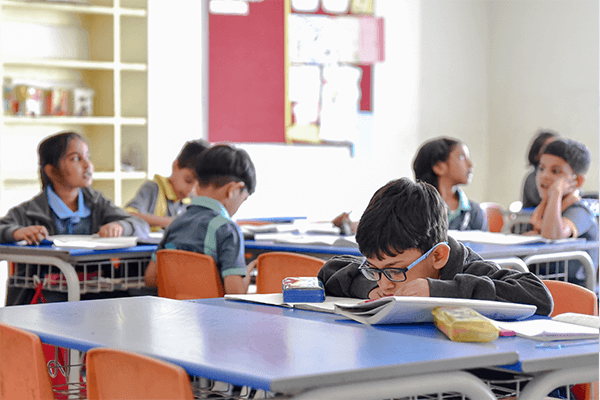

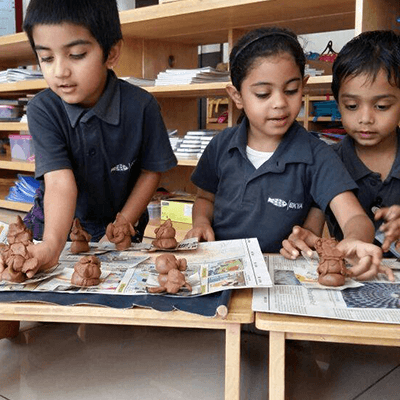



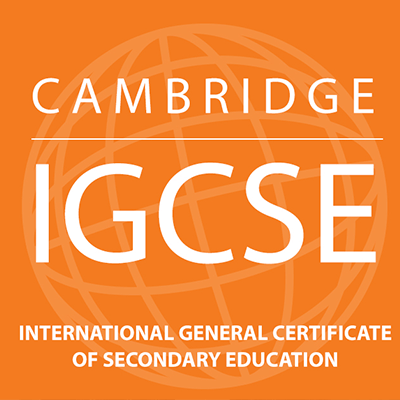

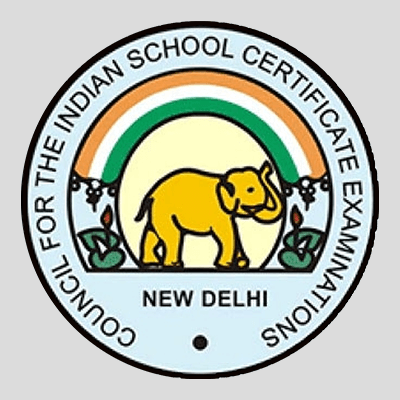

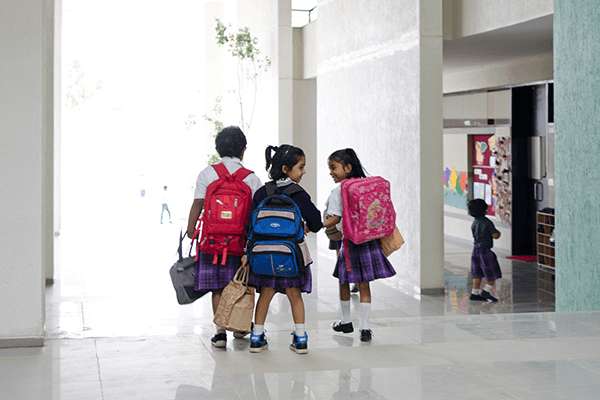








Leave a reply